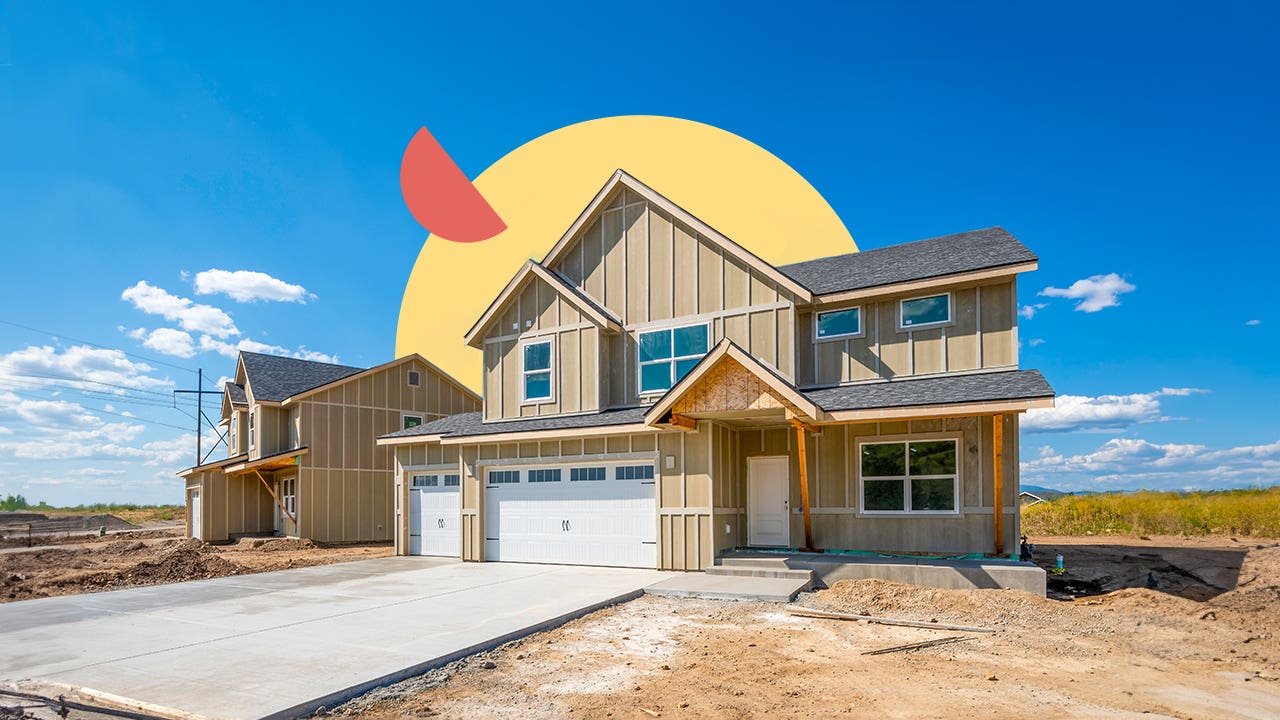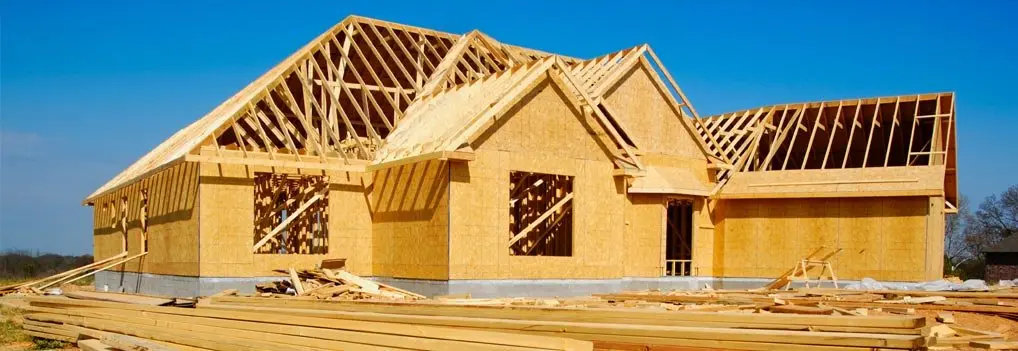How a General Specialist Can Change Your Usual Areas Into Functional Areas
The improvement of common areas right into useful spaces is a nuanced process that needs a basic specialist's proficiency in examining details area demands and making customized solutions. By thinking about aspects such as layout, accessibility, and visual charm, a service provider can create settings that not just serve sensible purposes but also foster community involvement. Via reliable job administration and adherence to high quality standards, these restorations can considerably enhance user experience. The details involved in stabilizing design and capability increase essential questions about finest methods and potential challenges that benefit additional exploration (Carmel Indiana General Contractor).
Assessing Current Common Location Requirements
When reviewing usual areas, it is vital to identify and comprehend the certain requirements of the area they serve. This process starts with a detailed analysis of existing use patterns, which involves event data on foot traffic, peak usage times, and tasks happening within these spaces. Involving with neighborhood participants via surveys or conferences can give useful insights right into their choices and challenges.
Following, it is essential to consider the demographic structure of the neighborhood, including age, way of living, and any kind of unique demands that may impact just how these rooms are made use of. As an example, family members with children might call for backyard, while older adults might prioritize accessibility features.
Additionally, examining the existing facilities and facilities is vital. Recognizing locations that are underutilized or in demand of repair service can educate possible improvements. Teaming up with stakeholders, such as residential property supervisors and regional organizations, makes certain that the evaluation reflects an extensive understanding of the community's demands.
Ultimately, a thorough assessment of current usual location requires prepares for effective makeovers, enabling the development of rooms that promote engagement and improve the overall lifestyle within the neighborhood.
Designing for Capability and Aesthetics
An extensive understanding of community requires establishes the stage for reliable layout that stabilizes functionality and appearances alike locations. Successful style needs a thoughtful approach that thinks about both the useful uses of the space and the aesthetic allure that enhances the atmosphere.
Functional layout entails creating areas that deal with the details tasks and interactions of the community. This might consist of flexible seating arrangements for events, easily accessible pathways for individuals with wheelchair challenges, or marked locations for entertainment activities. Each element must serve a function while guaranteeing convenience of movement and comfort for users.
Aesthetics play a vital role in fostering a welcoming atmosphere. The choice of shades, products, and lighting can dramatically impact the understanding of an area. Incorporating natural environments, such as plant or water features, can enhance the atmosphere and create a calming atmosphere. Furthermore, lining up the design with the neighborhood's social identity can promote a sense of belonging and satisfaction.
Budgeting and Source Allowance
Efficient budgeting and source appropriation are vital components in the effective improvement of common areas. A distinct budget details the financial parameters within which the job must operate, guaranteeing that costs are regulated and sources are efficiently utilized. This starts with a thorough analysis of project requirements, consisting of style components, products, and labor.

A general professional plays a vital function in this phase, teaming up with stakeholders to develop reasonable budget plan estimates that straighten with the designated vision. By focusing on crucial features and exploring cost-efficient options, the service provider can enhance spending without endangering high quality.
Resource allowance entails purposefully designating personnel, tools, and products to different stages of the project (General Contractor Indiana). This needs careful planning to stay clear of delays and guarantee that each part is delivered on time. Furthermore, regular tracking of expenses against the budget aids to identify prospective overruns early, enabling prompt adjustments
Managing Building And Construction Refine Efficiently
Managing the building procedure efficiently is necessary for attaining prompt task completion and preserving budget plan honesty. A well-coordinated strategy entails thorough planning, clear communication, and effective resource management. General contractors need to develop a thorough task timeline that outlines each stage of construction, permitting the recognition of critical milestones and prospective bottlenecks.
Normal progression conferences are vital for maintaining all stakeholders informed and aligned. These meetings help with the timely resolution of concerns, guaranteeing that the job remains on track. Additionally, making use of project monitoring software application can streamline communication, track progress, and handle documents, reducing the possibility of hold-ups and misconceptions.
Efficient source appropriation is likewise critical. discover this info here By ensuring that products, labor, and tools are available when needed, basic professionals can protect against pricey disruptions. Executing a proactive strategy to take the chance of monitoring additional boosts efficiency, as it allows for the recognition and reduction of potential difficulties prior to they rise.

Ensuring Conformity and Quality Requirements
Conformity and quality requirements are fundamental to the success of any type of building and construction task, ensuring that the ended up rooms not only satisfy client expectations but likewise abide by governing needs. A basic professional plays a crucial role in implementing these requirements throughout the building and construction process.
First, it is necessary for the service provider to remain updated on local building ordinance, safety and security guidelines, and market ideal practices. This expertise allows them to direct design selections and product choices that align with conformity requirements. Routine assessments and top quality analyses throughout the building stage help to determine possible problems early, reducing pricey delays and remodel.
Furthermore, a respectable basic contractor cultivates a culture of high quality amongst subcontractors and workers. This can be accomplished by providing training on compliance procedures and implementing rigorous quality control procedures. By establishing clear communication channels, the contractor can make sure that everybody entailed recognizes their responsibilities concerning conformity and quality.
Verdict
In verdict, the role of a general professional in transforming usual locations into practical areas is essential. Via a comprehensive assessment of area requirements, thoughtful design, thorough budgeting, and efficient job administration, these experts can produce environments that boost functionality and aesthetic allure. Adherence to conformity and top quality standards better ensures that renewed areas not only satisfy the expectations of stakeholders however also foster interaction and enrich the general experience for all users within the area.
The improvement of common locations into practical areas is a nuanced process that needs a general service provider's know-how in assessing details neighborhood demands and developing customized services. By taking into consideration elements such as format, availability, and visual charm, a professional can her latest blog develop environments that not only offer practical objectives but likewise foster area engagement. General contractors need to develop a comprehensive job timeline that lays out each phase of building and construction, allowing for the identification of important milestones and potential bottlenecks.
